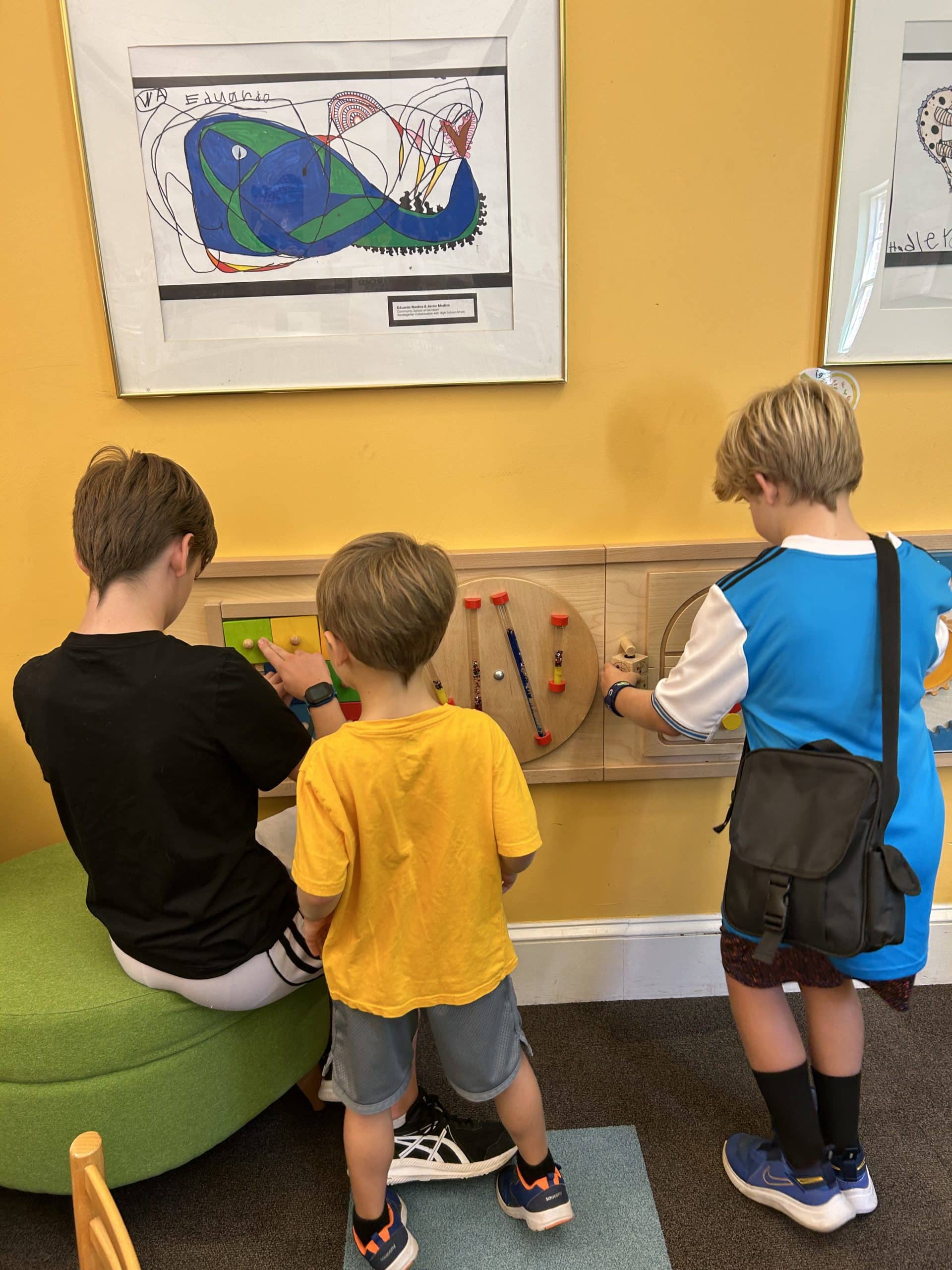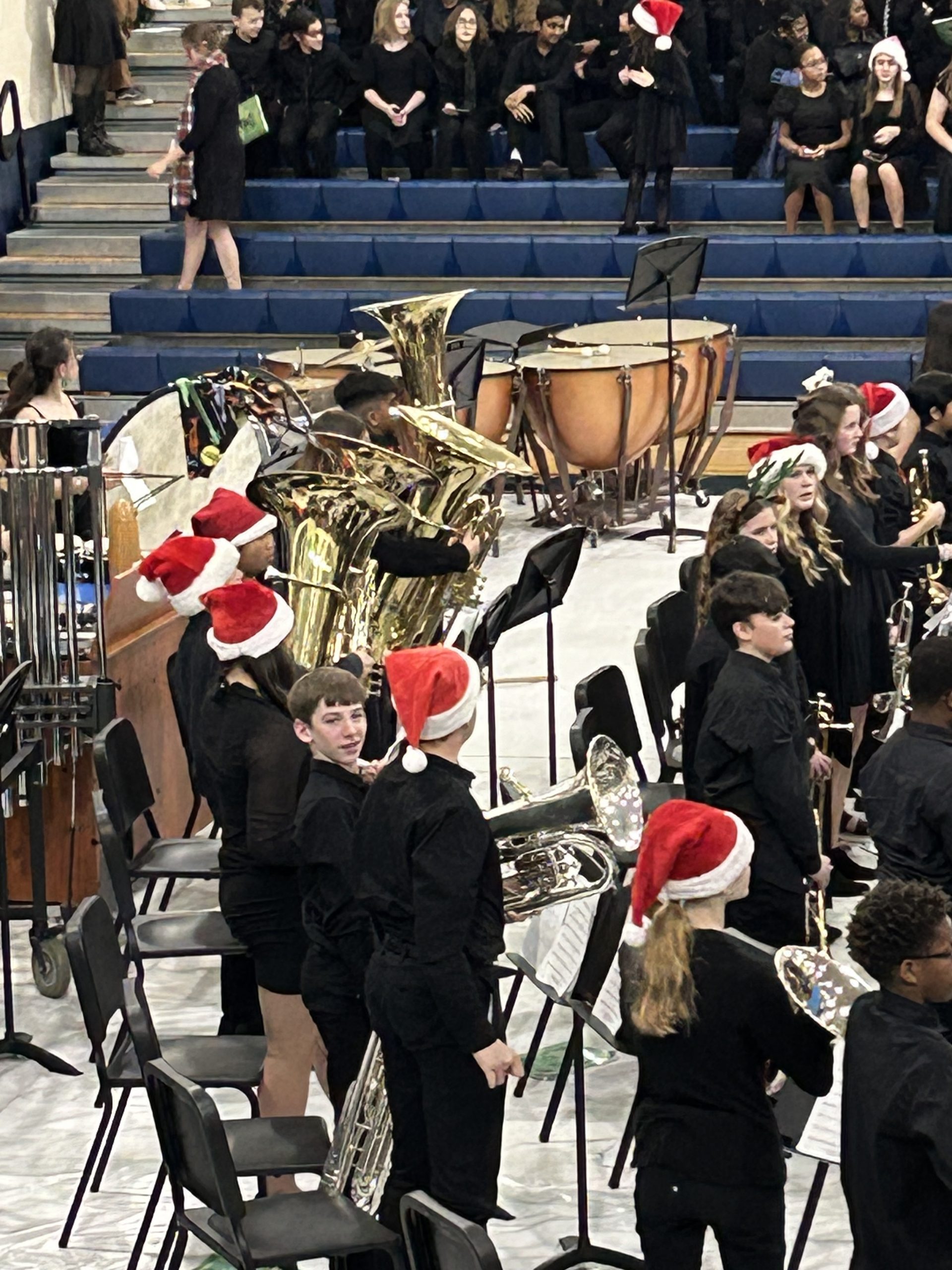IEP navigation is important for teachers, parents, and students. An IEP is an Individualized Education Program required by federal statute. Most schools notify parents at the end of the year of an upcoming IEP meeting. The IEP plan looks at a student’s achievements and determines the needs for the upcoming year. It is the foundation for the education of a student with a disability. An IEP (GIEP) is also important for students that are gifted and talented. The plan is to provide a meaningful and quality education.
IEP Navigation Basics
An IEP has basically three parts:
- A student’s current level of performance describes the student’s current abilities, strengths, and challenges.
- The student’s specific measurable goal. This is a goal that enables teachers, students, and parents can track.
- Last, is a service delivery that says how often the student receives the needed service.
Special needs students eligible for an IEP include students with learning disabilities, attention deficit, intellectual ability, autism, emotional disorders, developmental disability, and sensory impairment.
Questions From Teachers and Parents
It’s important that parents speak at an IEP meeting. They should be able to give their opinions during the meeting. Teachers should ask parents how they feel their child is doing and the progress they see. Teachers also need to know what the parent feels their child needs to work on. Ask:
- What are the strengths of the child?
- What concerns are there?
- What helpful information does the IEP team need to know?
- Is there any information that needs clarification?
GIEP Meetings
An IEP for gifted and talented students is not much different from one for a student with a disability. The academic needs of a gifted and talented student need more than the regular classroom offers. They need enrichment, a faster pace of instruction, motivators, and differentiation in instruction. They need accommodations in the regular classroom and constant grouping with students of similar abilities.
No matter if the student needs an IEP or a GIEP, there needs to be a team to work collaboratively with students, teachers, and parents. They must deliver educational services and support to the student based on individual needs.
The purpose of meetings is to pool knowledge and create an individualized plan based on strengths and weaknesses. Teachers and parents must collaborate on the strengths and weaknesses of the student.



